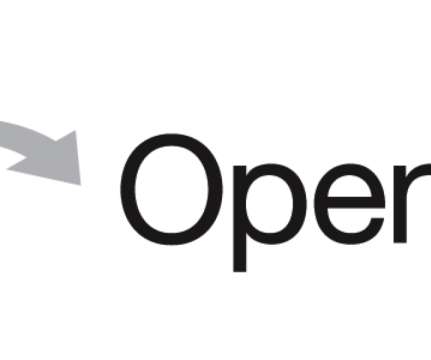OAuth and Fine-grained Access Control
Phil Windley
APRIL 18, 2023
OAuth was invented for a very specific purpose: to allow people to control access to resources associated with their accounts, without requiring that they share authentication factors. A primary use case for OAuth is accessing data in an account using an API. Here's a sample receipt of some of my listening history.


















Let's personalize your content